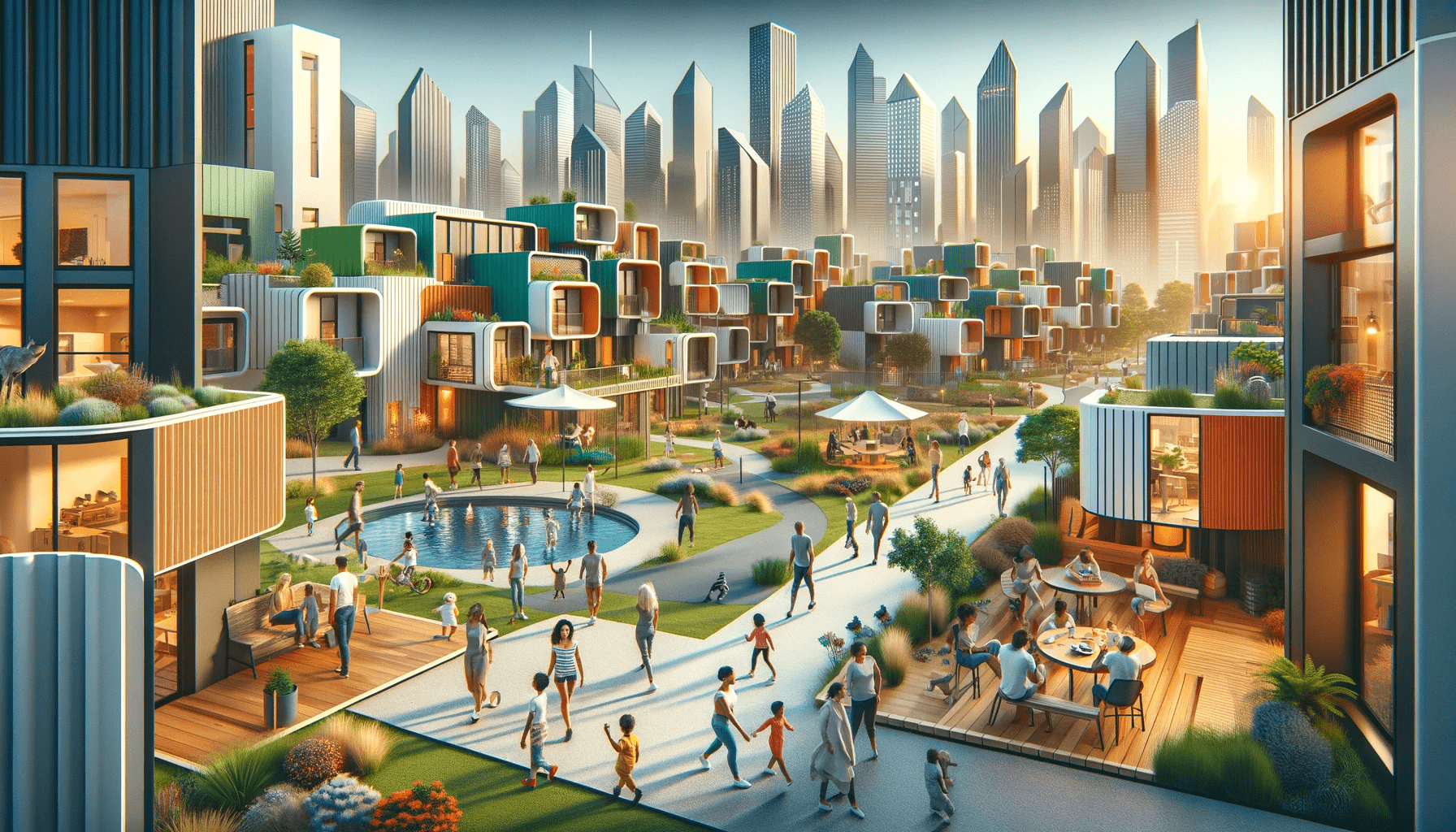
In the ever-evolving landscape of urban development, the concept of housing areas has transcended beyond just providing shelter. Modern housing areas are now envisioned as communities that foster social interaction, environmental sustainability, and aesthetic appeal. Innovative designs in modern housing areas are not only about the architecture of the buildings but also about creating a harmonious balance between living spaces and communal areas.
One of the key features of these innovative designs is the integration of green spaces. Parks, gardens, and even vertical gardens on building facades have become a staple in modern housing areas. These green spaces provide residents with a much-needed connection to nature and help in creating a healthier living environment by improving air quality and reducing urban heat effects.
Another significant aspect is the focus on communal spaces. Designers and urban planners are increasingly incorporating shared amenities like communal kitchens, libraries, and recreation areas. These spaces are designed to encourage interactions among residents, fostering a sense of community and belonging.
Sustainability is also a core element of modern housing designs. The use of renewable energy sources, like solar panels, energy-efficient appliances, and water-saving fixtures, is becoming more common. These features not only reduce the environmental impact but also lower the living costs for residents.
In conclusion, the innovative designs in modern housing areas are a testament to the evolving needs and values of society. These designs are not just about creating homes but about building sustainable, interactive, and inclusive communities.

